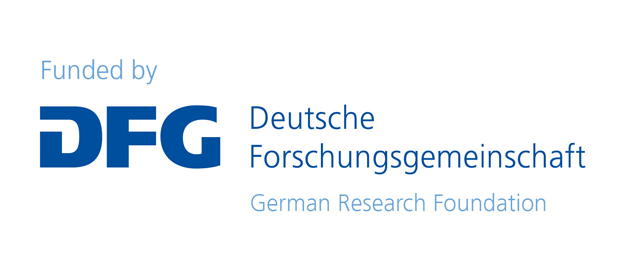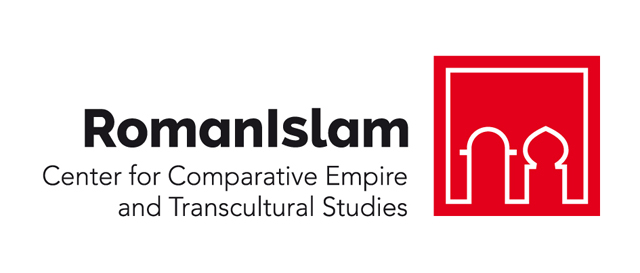Dr. Stefanie Lenk
September 2020 - Februar 2021

Research Project: Baptismal art and identity construction on the Iberian Peninsula and in North Africa (5th – 6th c.)
This book project investigates the practice of Christian communities to baptize in spaces in which Roman pre-Christian visual and material culture was presented as completely Christian. It is a study of imagery, material culture and architecture of baptisteries in the Western Mediterranean in the fifth and sixth centuries. The sacrament of baptism was the once-in-a-lifetime transition from the old life into the new Christian one – a central event in the formation of Christian identity. I argue that in an array of Christian communities traditional Roman culture persisted as an integral constituent of Christian identity. In their baptisteries, these Christian communities visually and spatially evoked their links to pre-Christian, at times even pagan, traditions. My research shows that Christians, on the point of baptism, were encouraged to experience their Roman and Christian identities as congruent with each other. The project is located at the intersection of art history, archaeology and the history of religion. It takes inspiration from efforts in the study of religion to establish the lived practice of religion as a valuable category of investigation alongside the study of religious beliefs. It is an art historical contribution to the academic fields of ‘lived religion’ as well as ‘material religion’.
Profile
Dr. Stefanie Lenk is a researcher at the Institute of Art History at the University of Bern. She is also a member of the research project Global Horizons in Pre-Modern Art, led by Prof. Beate Fricke. Stefanie uses her time as a fellow at the RomanIslam Center to finish the monograph Baptismal art and identity construction in the Western Mediterranean (5th – 6th c.). The book comes out of her doctoral studies at the University of Oxford. Until 2018, Stefanie worked as a curator at the British Museum in London for the Empires of Faith research project, led by Jas’ Elsner. Stefanie was the lead-curator of the exhibition Imagining the Divine. Art and the Rise of World Religions (Ashmolean Museum, Oxford, 10/2017-2/2018) that showed parallels, differences and interconnections in the development of early Buddhist, Christian, Hindu, Islamic, and Jewish imagery in the first millennium. She is one of the five authors of Images of Mithra (OUP, 2017) which follows different visual emanations of the ancient deity Mithra from France to Afghanistan, stressing the impact of local factors for this global religious and artistic phenomenon.
Selected Publications
Lenk, Stefanie (2020), “Response to Christoph Uehlinger, ‘Material Religion in Comparative Perspective: How Different is BCE from CE?’”, in: Rachel Wood, ed., Imagining the Divine: Art in Religions of Late Antiquity Across Eurasia, London: The British Museum Press, (under review).
Lenk, Stefanie (2019), “Cristãos Ibéricos e Antiguidade Clássica — o Baptistério de Milreu/Estói (Algarve) nos Finais da Antiguidade Tardia”, in: Jorge Tomás García / Vanessa Del Prete, eds., Imágenes, lengua y creencias en Lusitania romana, Oxford: Archaeopress, Oxford, 108-125.
Lenk, Stefanie (2017a),“Iberian Christians and the classical Past – The Baptistery of Milreu/Estói (Algarve) at the End of Late Antiquity”, in: Horst Bredekamp / Stefan Trinks, eds., Transformatio et Continuatio: Forms of Change and Constancy of Antiquity in the Iberian Peninsula 500-1500, New York: De Gruyter, 63-91.
Lenk, Stefanie/ Adrych, Philippa / Bracey, Robert / Dalglish, Dominic/ Wood, Rachel (2017b), Images of Mithra, Oxford: Oxford University Press.
Lenk, Stefanie/ Elsner, Jaś/ et. al., eds., (2017c), Imagining the Divine. Art and the Rise of World Religions (Ausstellungskatalog, Ashmolean Museum, 19 Oktober 2017-18 Februar 2018), Oxford: Ashmolean Museum.


